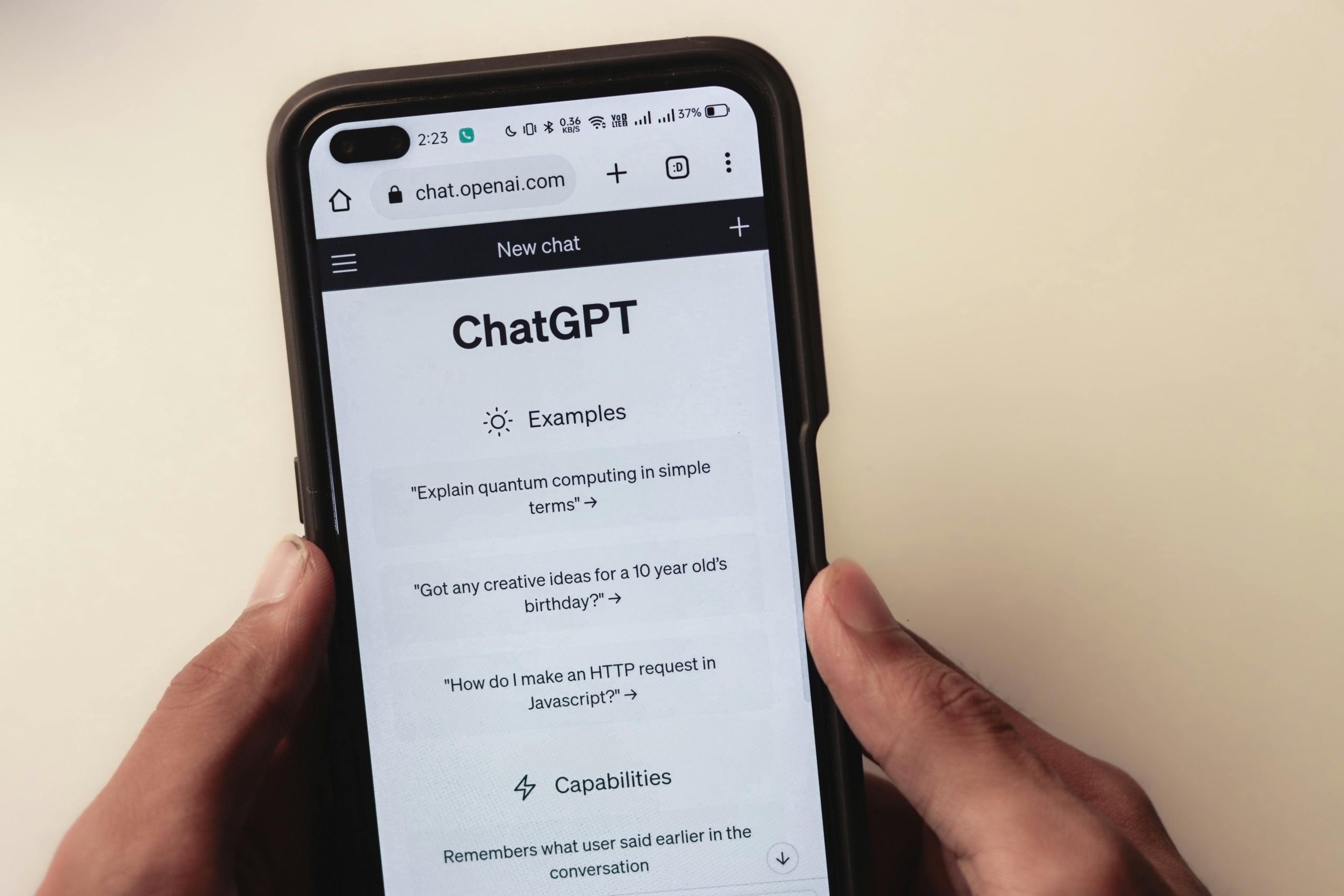How to Log Out of Your Apple ID on a Mac

Logging out of your Apple ID on a Mac is a straightforward process that can be essential for various reasons, such as selling your Mac, switching to a different Apple ID, or simply for privacy. This guide provides a comprehensive, step-by-step walkthrough for signing out of your Apple ID on macOS, ensuring you can manage your account effectively.
Understanding the Process of Signing Out
When you sign out of your Apple ID on a Mac, you are essentially disconnecting that specific device from your Apple account and its associated services. This action prevents others from accessing your account information and Apple services on your Mac. It’s a crucial step if you plan to sell, give away, or trade in your Mac, as outlined by Apple’s recommendations for preparing a device for a new owner.
It’s important to understand what happens when you sign out. While signing out does not delete your apps or local data, it does affect your access to iCloud services, the App Store, and other Apple ID-linked features. For instance, you won’t be able to download new apps or update existing ones without signing back in. Media files purchased from iTunes may also become inaccessible until you sign back in.
Step-by-Step Guide to Logging Out
The process for signing out of your Apple ID on a Mac is consistent across recent macOS versions, including macOS Sonoma and Ventura.
Accessing System Settings
- Click the Apple logo in the top-left corner of your screen. This will open a dropdown menu.
- Select System Settings from the dropdown menu.
Navigating to Apple Account Settings
- In the System Settings window, click on your name or Apple ID at the top of the sidebar. If you don’t see your name, it means you are not currently signed in.
- This action will open your Apple Account settings.
Initiating the Sign-Out Process
- Scroll down the Apple ID settings page.
- Click the Sign Out button. You may need to scroll down to find this option.
Managing iCloud Data
Before you fully sign out, you may be prompted to keep a copy of your iCloud data on your Mac.
- If you choose to Keep a Copy, existing data for select apps (like Contacts, Calendars, Photos, etc.) will remain on your Mac. This ensures that even after signing out, you can still access this data locally.
- If you do not wish to keep a copy, your iCloud data will only remain accessible on other devices logged into the same Apple ID.
Finalizing the Sign-Out
- You might be asked to enter your Apple ID password to confirm the sign-out.
- In some cases, you may also need to enter your Mac’s login password to finalize the process.
Once these steps are completed, you will be successfully signed out of your Apple ID on your Mac.
Troubleshooting: What to Do If the Sign-Out Button is Greyed Out
Occasionally, you might find that the “Sign Out” button is greyed out and unclickable. This can be frustrating, but there are several common reasons and solutions for this issue:
Common Causes for a Greyed-Out Sign-Out Button
- Screen Time Restrictions: If Screen Time is enabled with certain restrictions, it can prevent you from signing out of your Apple ID.
- Internet Connection Issues: A stable internet connection is required for Apple ID services to communicate with Apple’s servers. A poor or unstable connection can interfere with the sign-out process.
- Ongoing iCloud Backup: If your Mac is in the process of backing up to iCloud, the sign-out option might be temporarily unavailable.
- System Glitches or Bugs: Like any software, macOS can sometimes experience temporary glitches that affect system settings.. Find out more about explore macbook.
- Non-Administrator Actions: In some corporate or managed environments, administrators may restrict the ability to sign out of Apple IDs.
Solutions to Re-enable the Sign-Out Button
- Disable Screen Time:
- Go to System Settings.
- Click on Screen Time in the sidebar.
- Look for an option to Turn Off Screen Time or disable “Lock Screen Time settings” or “Content & Privacy Restrictions.”
- You will likely need to enter your Screen Time passcode to proceed.
- After disabling Screen Time or its restrictions, try signing out again.
- Restart Your Mac: A simple restart can resolve many temporary software issues and often re-enables the sign-out button.
- Check Your Internet Connection: Ensure you have a strong and stable Wi-Fi or Ethernet connection. If you suspect an issue, try restarting your router or connecting to a different network.
- Wait for iCloud Backup to Complete: If an iCloud backup is in progress, wait for it to finish before attempting to sign out. You can check the status of iCloud backups in System Settings under your Apple ID.
- Force Quit System Settings: If the issue persists, you can try force-quitting the System Settings application. Click the Apple logo, select “Force Quit…”, choose “System Settings,” and click “Force Quit.” Then, reopen System Settings and try signing out again.
- Check Apple System Status: In rare cases, an outage with Apple’s servers could affect sign-out functionality. You can check Apple’s System Status page online to see if there are any known issues.
- Update macOS: Ensure your Mac is running the latest version of macOS. Software updates often include bug fixes that could resolve this issue.
What Happens When You Sign Out?. Find out more about discover troubleshoot.
Understanding the implications of signing out of your Apple ID is crucial:
- iCloud Data Syncing: Signing out will disrupt the syncing and backup of your data to iCloud. Any new data created after signing out will not be backed up to iCloud. However, data already backed up will remain in your iCloud storage.
- App Store Access: You will not be able to download new apps or update existing ones from the App Store without signing back in.
- App Functionality: While installed apps will remain on your Mac, some apps that rely heavily on Apple ID for features, subscriptions, or in-app purchases may require you to sign back in to function correctly or receive updates.
- iMessage and FaceTime: iMessage and FaceTime services will be deactivated on your Mac when you are signed out of your Apple ID.
- Apple Wallet: Services like Apple Pay, Apple Card, and Apple Cash are linked to your Apple ID and will be removed from your device upon signing out.
- Find My Mac: If “Find My Mac” was enabled, signing out of your Apple ID will disable this feature. You will need to sign back in with your Apple ID and password to reactivate it.
- Purchased Media: Music, movies, and TV shows purchased from the iTunes Store are tied to your Apple ID. You may not be able to access them after signing out until you sign back in.
If you are planning to sell or give away your Mac, it is highly recommended to back up any important data before signing out and then erasing your Mac.
Signing In with a Different Apple ID
If your goal is to use a different Apple ID for services like media and purchases, the process might differ slightly. In older macOS versions, there was a direct “Sign Out” option within the App Store. However, in macOS Sonoma, this option is not as readily available within the App Store itself.
To manage different Apple IDs for various services, you typically sign out of your primary Apple ID in System Settings and then sign in with the new Apple ID. If you encounter issues with the App Store specifically, ensure you are managing your Apple ID settings correctly within System Settings.
Conclusion
Logging out of your Apple ID on a Mac is a manageable task that ensures control over your digital identity and data. By following the steps outlined in this guide and understanding the potential troubleshooting steps, you can confidently sign out of your Apple ID whenever necessary. Remember to consider backing up your data if you are preparing your Mac for a new user.









